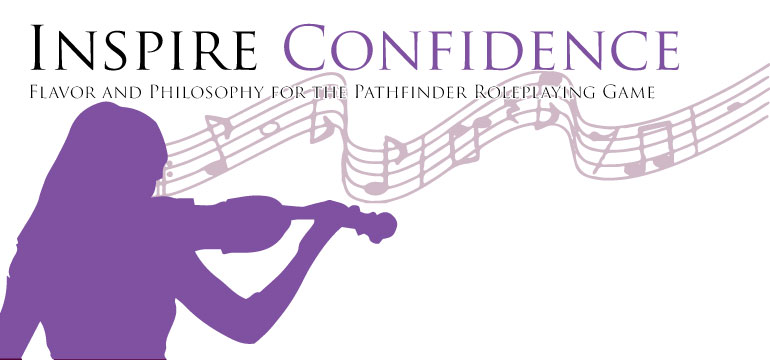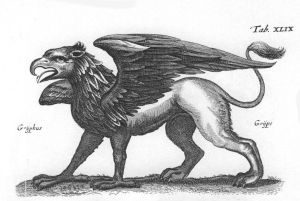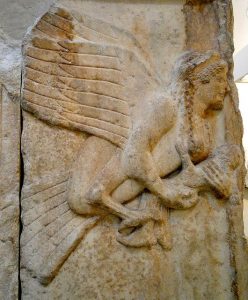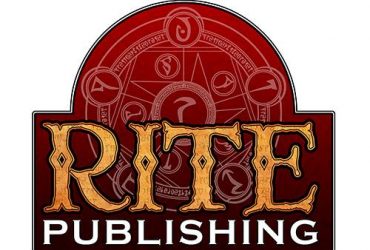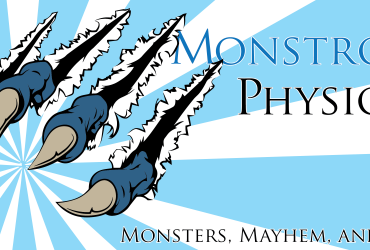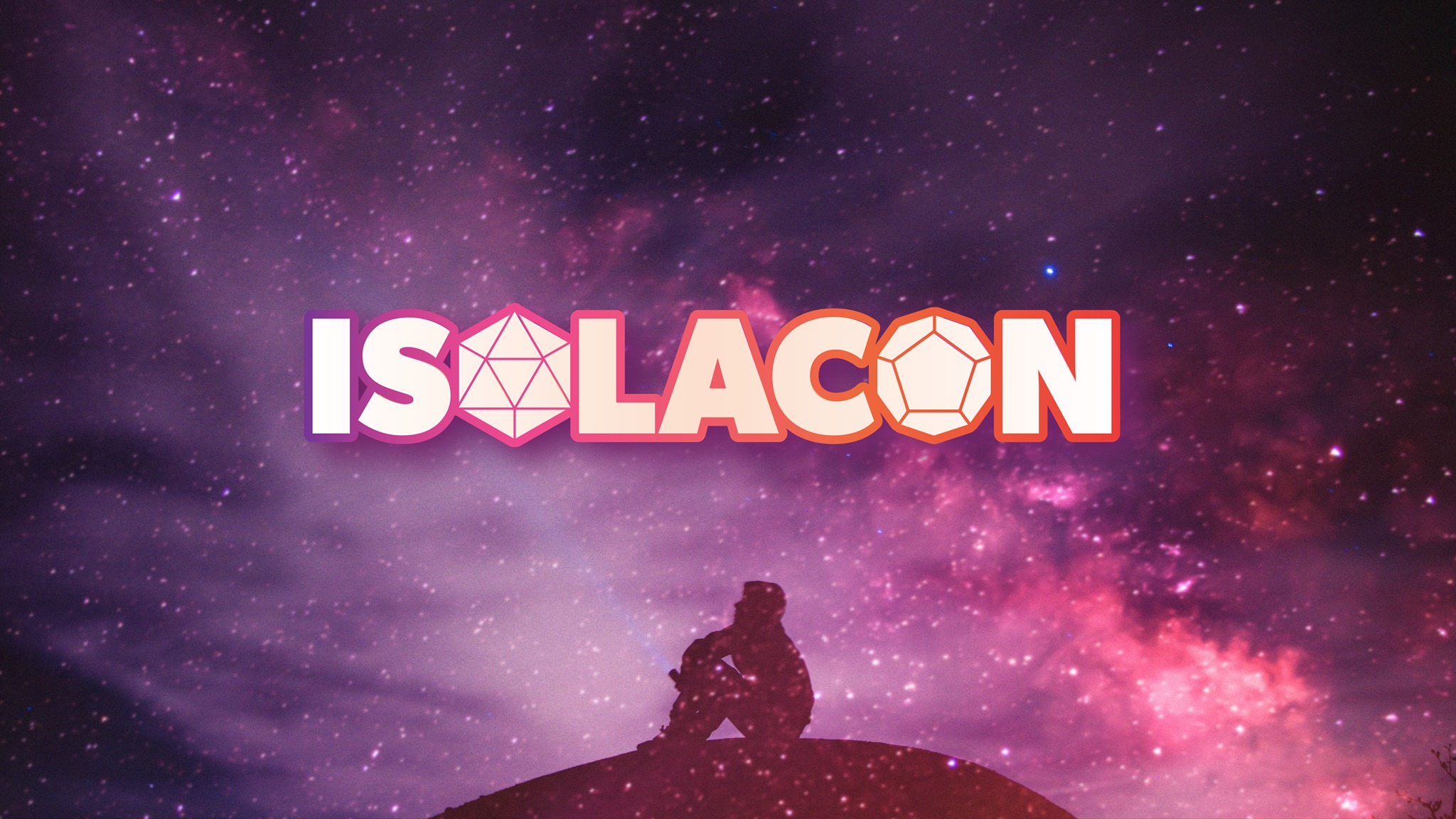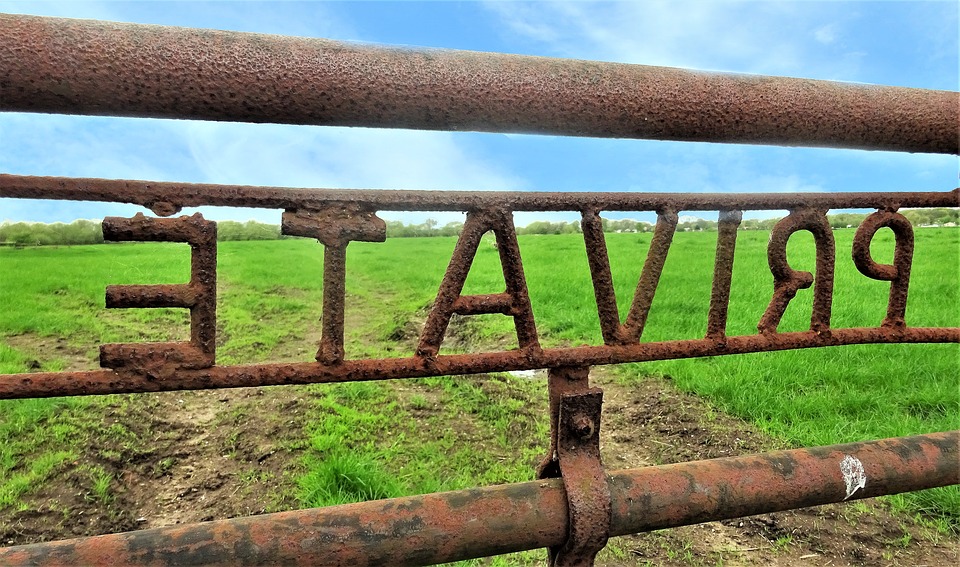Monsters are the heart and soul of adventure role playing games – you have to have something to challenge your players. Without monsters, you’re playing board games. Sometimes they’re people and then we can call them Non-Player Characters (NPC), sometimes they are really creature monsters, like trolls or goblins, but when you’re planning an encounter you have to consider your “monsters”, you will see the terms used interchangeably and generically.
Creating and using monsters, GM’ing in general, is as much an art as it is a science. As I discussed in Part 1, at that back of the CRB there are a few tables that help determine the Challenge Rating (CR) for your players. If you missed that blog or you haven’t done your homework yet, take a minute to check out the Gamemastering section over at Paizo for that information.
How to choose the right monster(s)
Using published monsters is the easiest method for populating your dungeons and adventures. There are thousands of published monsters available for Pathfinder games. Consider where you you’re your monsters to be – is this encounter in the jungle, the forest, the city, underground, near or under water? What kind of monster are you going to need? Does that setting imply a single monster or a group of monster? How do you know? You’ll need the CR of the encounter and some insight as to what role this encounter plays in your ongoing adventure, is it a casual/random encounter? A penultimate fight? A Boss fight?
In all cases, take your CR and go to your favorite bestiary resource to find a monster that fits your CR, setting, and goal. I prefer online resources to do this so I can set parameters such as CR, creature type, preferred terrain, size category, or whatever, to get a feel for what might work. There are a few different ways to approach how to use available monsters, let’s start with Single vs. Multiple monster options.
Single monster option
Using a single monster is the easiest way to find a monster and run a combat scene. There’s only one creature to worry about in the initiative and only one stat block to work from. The drawbacks include, there’s only one monster, so the entire party will be attacking one target. If they’re particularly good at hitting that one target, combat might be short and unsatisfying. Keeping in mind, if this is the boss fight, your CR’s going to be Challenging to Hard or even Epic, so one monster might be all your PCs can handle, especially at lower levels.
Multiple monster option
Choosing multiple monsters can take significantly more time to find the right balance of creatures that will work together in the same setting, but having multiple smaller characters with complimentary tactics can make a combat more difficult if the PCs get overwhelmed by numbers. That said, making a minor swarm of low level monsters might have a place in some dungeon somewhere, but that’s shouldn’t be your go to style. When using this, consider what kind of tactics the monsters are using – is there a leader of their group or are they all just grunts in the same location? Having a slightly shinier bigger leader with 4 henchcreatures can shake things up with the PCs without forcing you to come up 5 different monsters and trying to keep track of each stat block.
Can’t find a monster
It happens. You need a monster for an encounter, but none of the monsters in the resources you have available really fit the bill. This is where you get creative. At the back of the Bestiaries there are monster creation rules. The first few pages teach you how to build a monster, then there’s a section on monster advancement, which we’ll discuss first.
If you have a monster you like, but it’s too difficult or not challenging enough, you can add a simple template to it adjust the CR a step up or down. Or you can really dig in and advance this specific monster further, which gets kind of complicated. For example, say you want to foreshadow a future fight with a flight of harpies , but you’re party is only 2nd level, they may not have the oomph to take down even one harpy, you can use the young template to take it from a CR 4 to a CR 3 to make the fight a little less daunting.
Another option is to find a monster in the right CR range with the kinds of abilities you’re looking for and “file off the serial numbers” as it were. Change the creature description but use the stat block largely as is and run with a screen so no one sees your books. Just make sure to review the monster you’ve chosen, in case you opt to go from a land terrain to an underwater location you have a swim speed in mind. I recommend using flying creatures for that kind of thing and just take a look at other options you decided against to make sure you’ve tweaked your creature appropriately.
Lastly, you can make your own monster. I was going to walk you through how I made my first monster, but I see by the word count at the bottom of my document that I am approaching my usual word count limit. Since my goal has been to help the new GMs out there work their way up to confidence levels, I will hold off and not rush that discussion. I will come back to this topic at a future date, hopefully not too far in the distant future. If you have any questions or suggestions, leave me a comment here.

